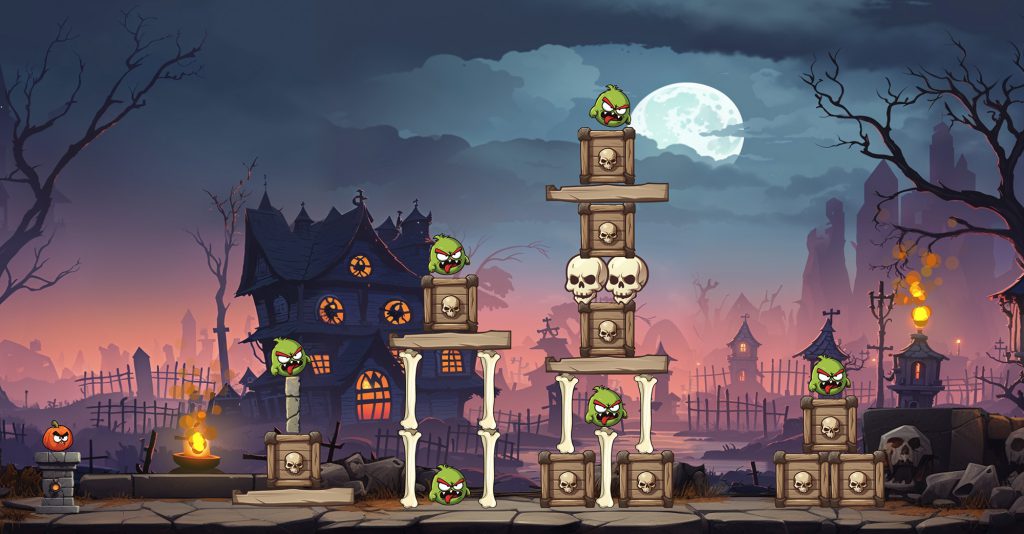Disclaimer: Any opinions expressed below belong solely to the author.
Earlier this year, I covered how ChatGPT designed a simple, producible semiconductor chip, following just natural language instructions in English, and how a group of Chinese and American researchers created an entire software development company by assigning ChatGPT different roles, which was able to complete coding tasks — this would normally take days or weeks, within minutes.
Any such case comes with certain caveats, of course, beginning with the relative simplicity of each job, which is still far from extremely complex projects, involving thousands or millions of lines of code.
However, every new experiment is pushing the boundaries a little bit, suggesting that there are no inherent obstacles to prevent the approach from completing far more sophisticated goals. After all, who’s to say the limit of AI would be 500 and not 500,000 lines of code? Or 5 million? Or why would there be any boundary at all? It’s just a matter of scaling the method.
As the saying goes, “a journey of a thousand miles begins with a single step”. And in the age of technology, these steps can be made even by individuals.
Really Angry Birds
This is surely going to make folks at Rovio (the creators of original Angry Birds franchise) sweat a little.
A few days ago, a designer and programmer, Javi Lopez, revealed his AI pet project, Angry Pumpkins (which clearly looks like a part of the Birds’ family), on X — having done all of the coding and design for it using AI tools — just in time for Halloween.
Midjourney, DALL•E 3 and GPT-4 have opened a world of endless possibilities.
— Javi Lopez ?? (@javilopen) October 31, 2023
I just coded "Angry Pumpkins ?" (any resemblance is purely coincidental ?) using GPT-4 for all the coding and Midjourney / DALLE for the graphics.
Here are the prompts and the process I followed: pic.twitter.com/st3OEhVVtK
He started by generating professionally looking visual assets using Dall-E and Midjourney, creating characters, environment for the game’s level and moody backgrounds with a Halloween vibe, matching the pumpkin theme.



Save for a few glitches here and there, I wouldn’t be able to tell these weren’t done by a human at first glance. And let’s be honest, we’re still only at the very beginning of AI’s development, so it’s bound to get even better rather quickly.
The work required to draw all of these pictures by professional designers would take at least a few days — and that is only assuming there wouldn’t be multiple iterations to review and decide on. The associated cost at approximately US$25 to US$50 per hour, could tally up to hundreds if not thousands of dollars very quickly.
Meanwhile, AI can do the job in mere seconds and at a cost of pennies per image. In fact, the most time is still consumed by humans, coming up with and typing in the prompts. We are the bottleneck, not the technology.
Speaking of prompts, here are examples of the ones Javi used, so you can give it a shot yourself:
? Graphics
— Javi Lopez ?? (@javilopen) October 31, 2023
This was the easiest part, after all, I've been generating images with AI for over a year and a half 🙂 Here are all the prompts for your enjoyment!
? Title Screen (DALL·E 3 from GPT-4)
– "Photo of a horizontal vibrant home screen for a video game titled 'Angry… pic.twitter.com/8tqhNNRjo9
Human coders can’t compete with AI, but may still be needed
Once the images were ready, the next step was to ask ChatGPT to code the game, which was a more challenging endeavour, even though the final product was only 600 lines long.
While very advanced already, the bot can’t really output a complete program just on the basis of a human request. Instead, you have to take a measured, step-by-step approach, completing milestones on the way and solving problems hand in hand with GPT-4.
You can review the prompts and code in the tweet below:
? Programming (GPT-4)
— Javi Lopez ?? (@javilopen) October 31, 2023
? Full source code here: https://t.co/Rl4wilWpKS
Although the game is just 600 lines of which I haven't written ANY, this was the most challenging part. As you can see, I got into adding many details like different particle effects, different types of… pic.twitter.com/Ze9uthJq3T
Some programming knowledge still comes in handy, even for a fairly simple project like this, which may bring some relief to professional coders — for now at least.
It makes things easier when you know what to suggest to the AI bot, instead of leaving it to make a decision. You can guide it better and arrive at the desired result more quickly. It also allows for troubleshooting and, of course, understanding the output code — not something a layman without any know-how could do.
That said, it’s clear that human programmers are no match for AI in the long run. It’s just not physically possible.
There are no limits to the knowledge an intelligent machine can store — and to its understanding. Ultimately, it will be able to master all languages in existence and understand perfectly what can be accomplished using them. It may even begin inventing its own.
This isn’t something we can ever achieve, since we’re limited by our brains, memory, and experience. We can’t connect the dots in such a quick, methodical and accurate way, and we require to have accumulated lots of practical experiences first — which may take years.
Paradoxically, however, it doesn’t mean programming will become obsolete as a skill in humans. We may still require it, even if only to check whether the machines are doing what they were instructed to.
After all, there’s no guarantee that even the most capable AI is going to be faultless at all times. It’s also a good security precaution, just to make sure it’s not going rogue against us.
There’s also some doubt about the limits as to how far natural language communication can take us. After all, there’s a good deal of miscommunication between humans, even though we speak in our own languages.
We’re using the same means to tell machines what to do, but it’s never possible to be absolutely precise about everything we want to get. This is where technical knowledge may come in handy, helping us describe in more specific detail what we’re after.
Quite ironically, then, today’s coders may become tomorrow’s communicators, speaking in languages that machines can understand.
Let’s Play
Returning to Angry Pumpkins, you can play the finished demo here. Yes, it’s a single level and very simple to understand. However, it also lacks sounds and certain animations you would normally see in Angry Birds. It also doesn’t have any customisation settings and doesn’t work on mobile yet.
However, for 10 to 12 hours talking to AI bots, spread across three days, it’s a very impressive achievement — and one that looks close to a shippable product.

After all, adding more content and polishing the experience would really just be repeating many of the steps taken to arrive at this stage. New levels would require new graphics and different obstacle layouts — but it isn’t very different from what has been done so far.
And even if not every single milestone in software development can be achieved by AI today, there’s so much (maybe even most) that can.
That alone is a massive leap in productivity, even if at some point a human has to nail all of the elements together and properly test them before releasing the product to the public.
One of the questions I've been asked the most is:
— Javi Lopez ?? (@javilopen) November 3, 2023
? How long did it take you to do it? ?
Answer: 10-12 hours including writing the thread. So I think it was around 10 hours spread over 3 days.
And I'm sure it can be done in much less time. https://t.co/iuqLUSlEDO
I expect to see more projects such as this to keep emerging every few weeks, as people push the envelope a little bit each time.
It started with fairly simple prompts, producing basic but functional programs — a proof of concept that AI can do the job. Now we’re seeing more assets being added, as tinkerers around the world are trying to get a step further each time.
It won’t be long — months perhaps, rather than years — before we get a fully functioning software product, generated almost entirely with the help of various AI tools.
Featured Image Credit: Angry Pumpkins / Javi Lopez








